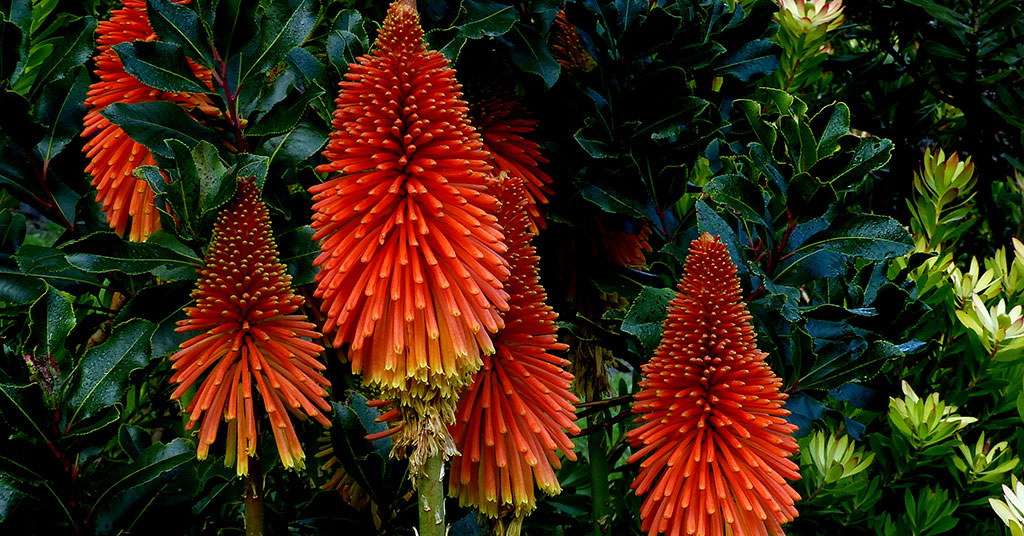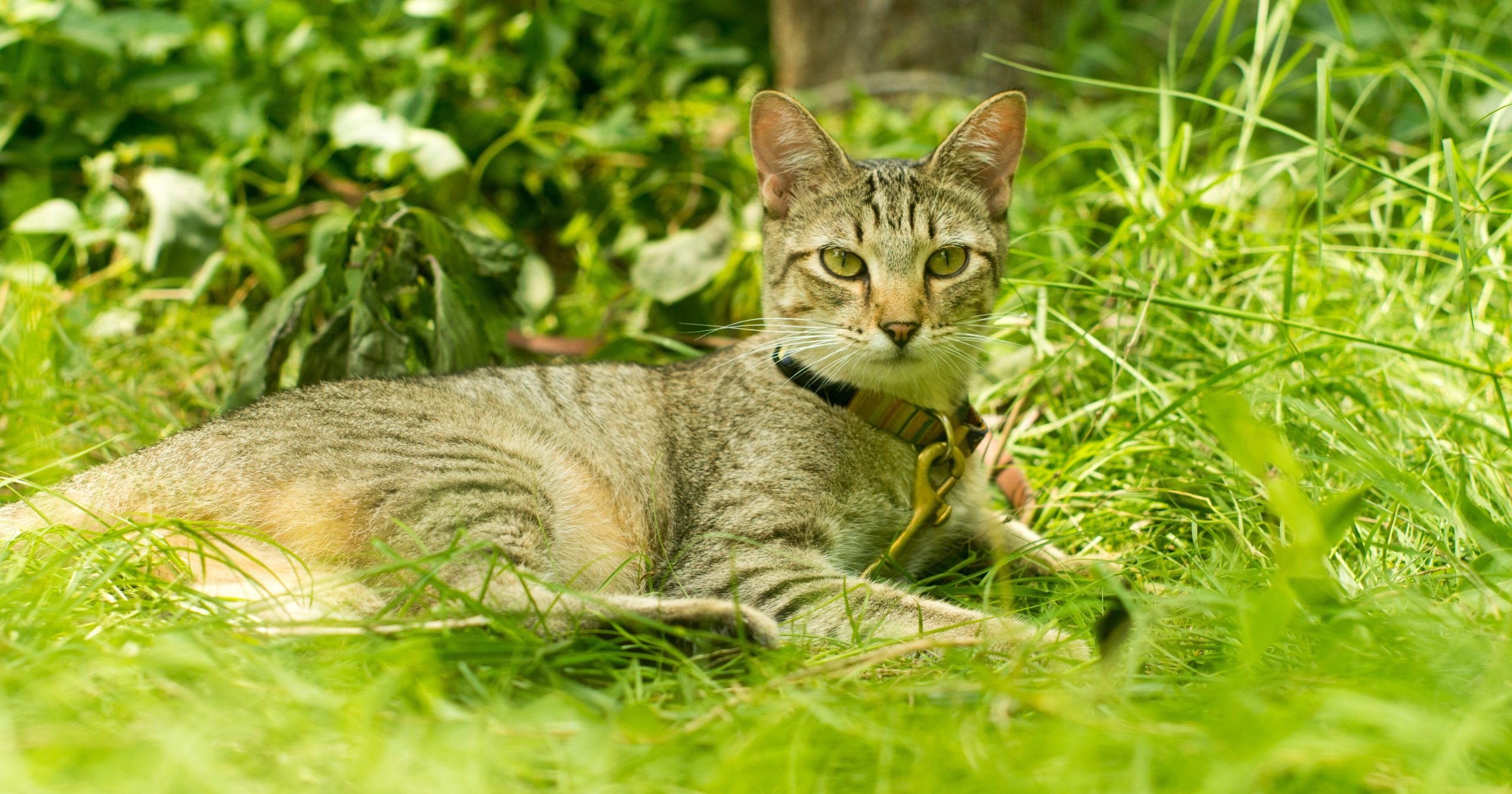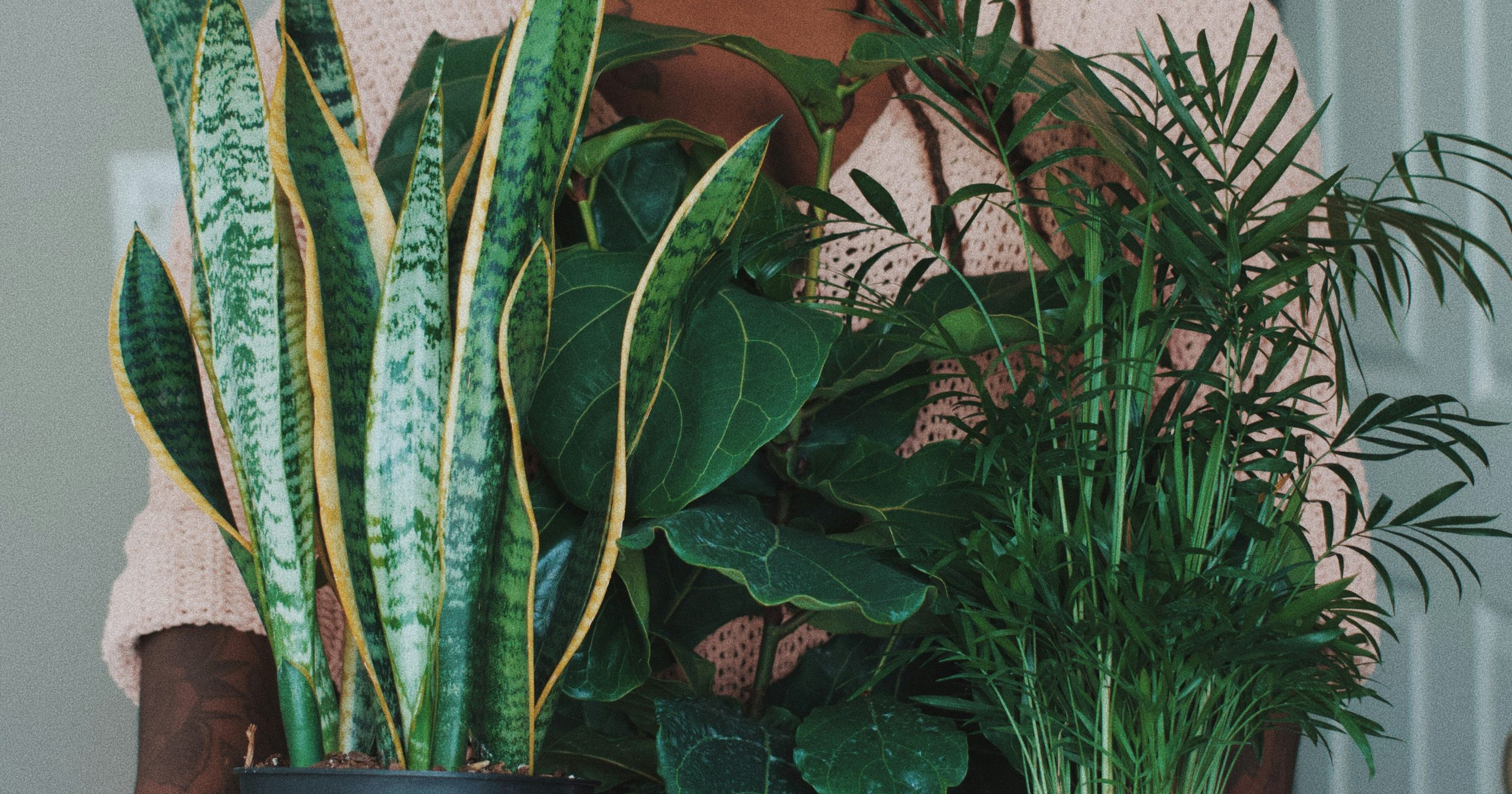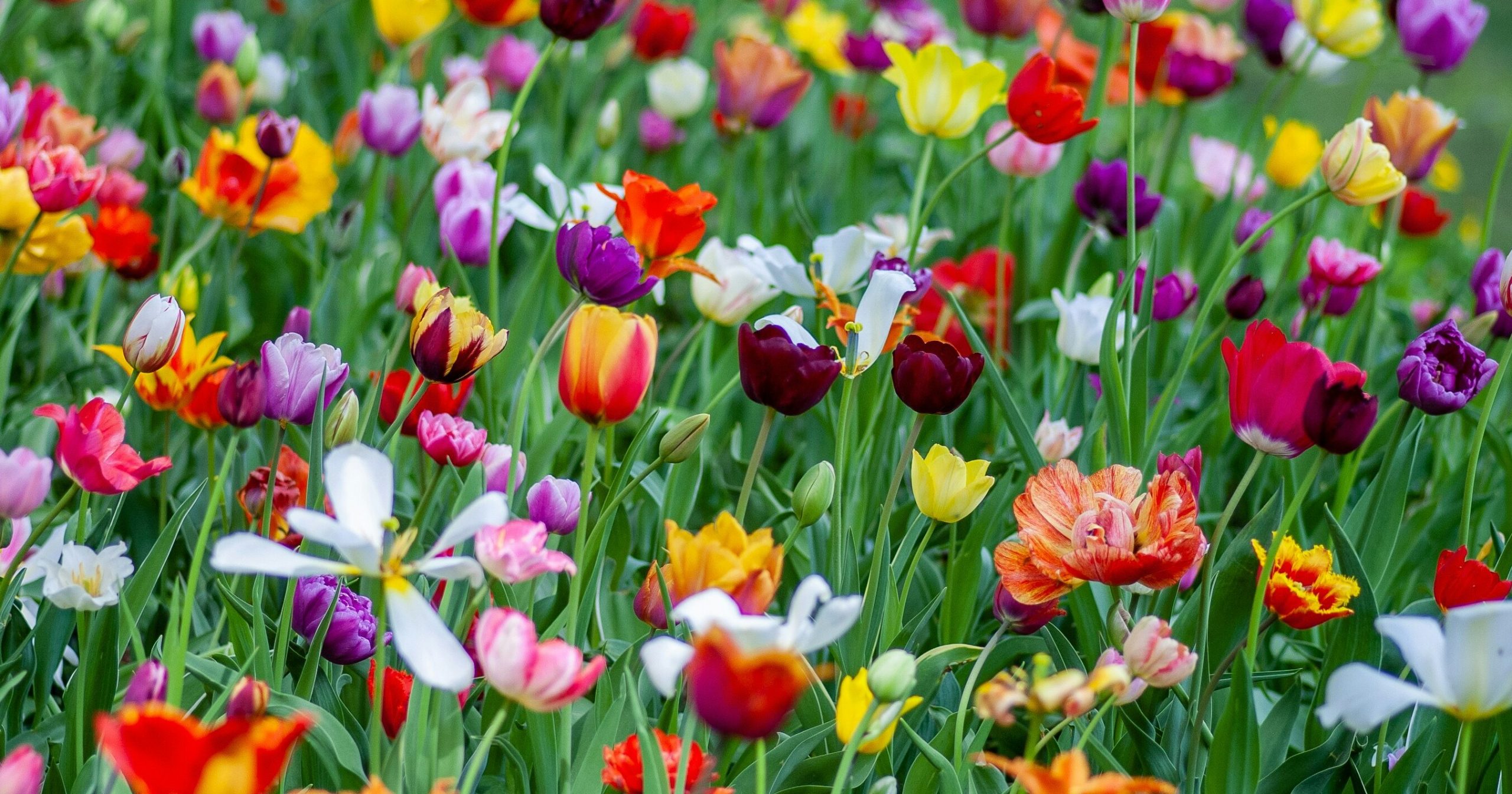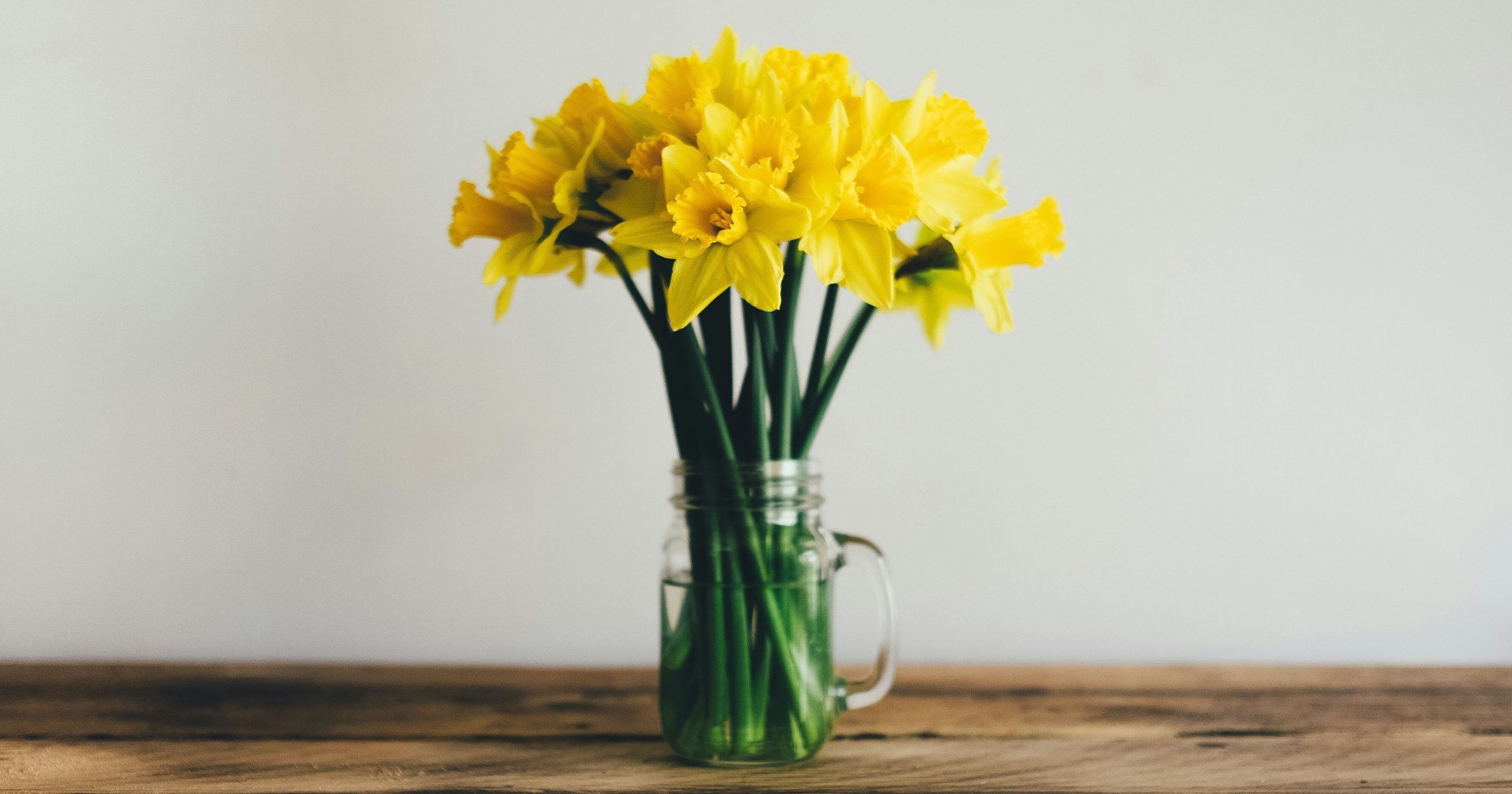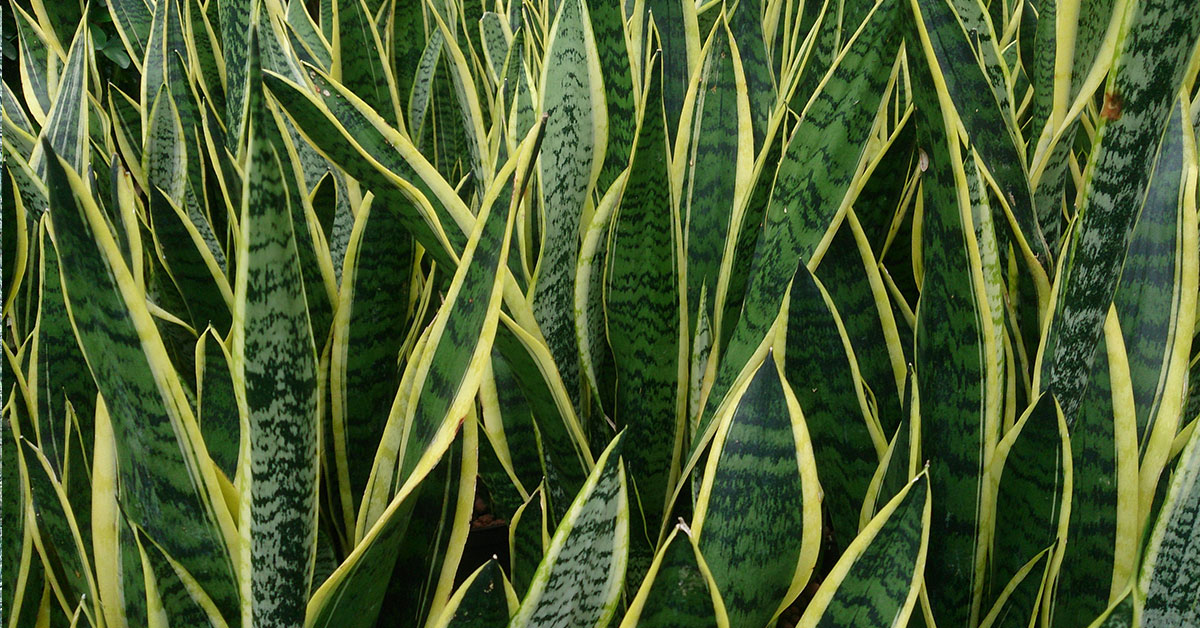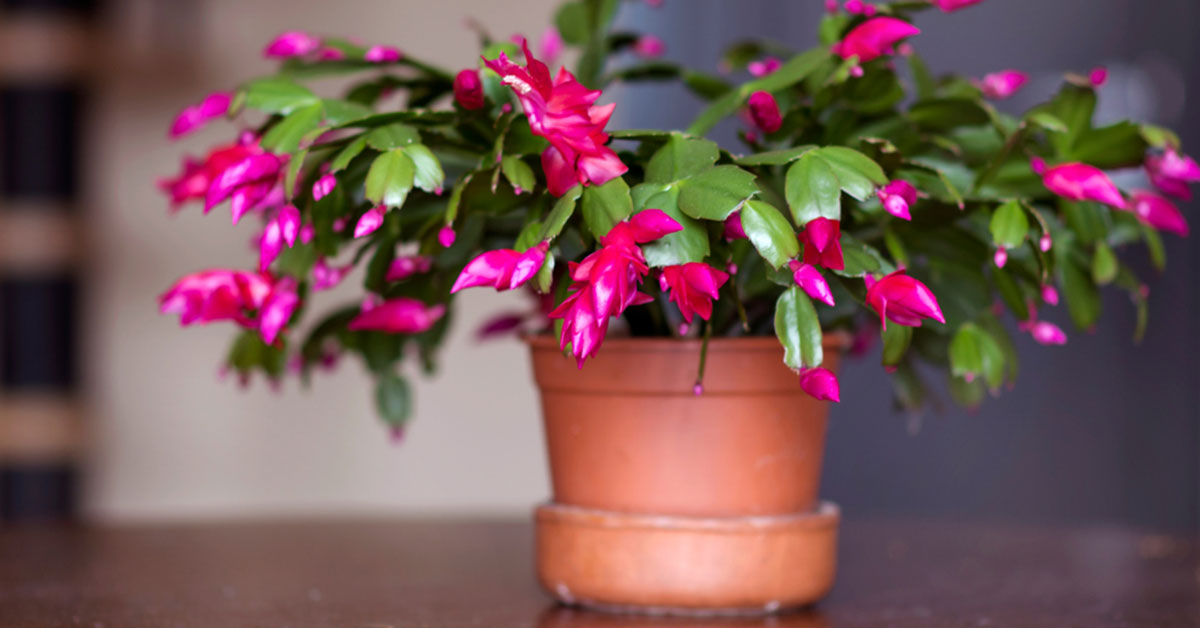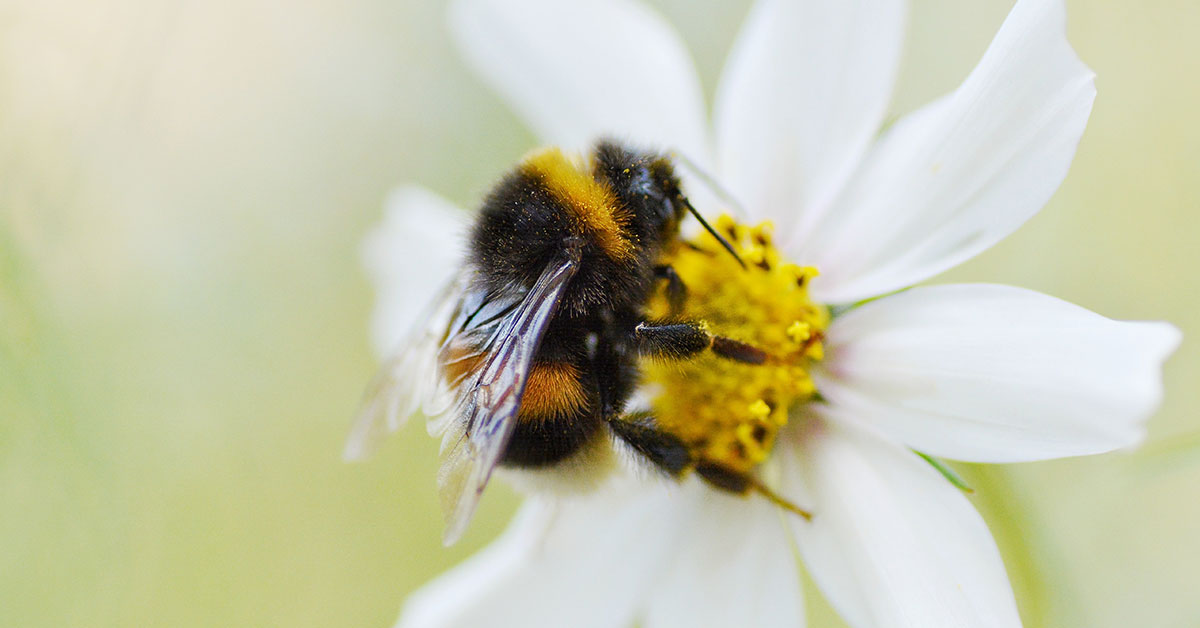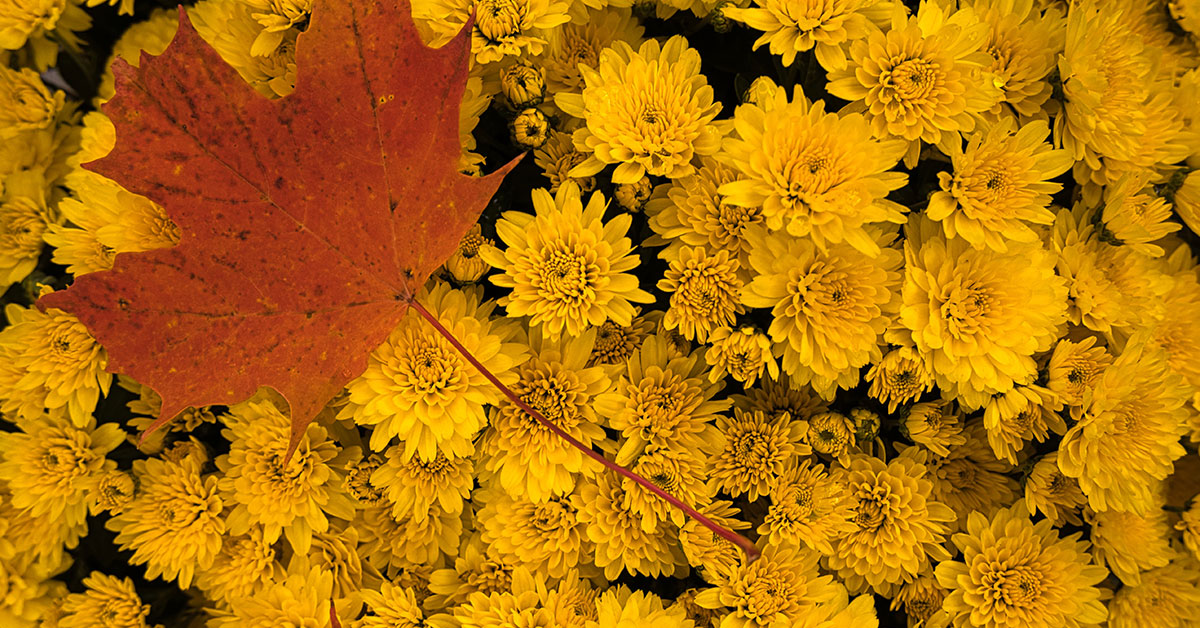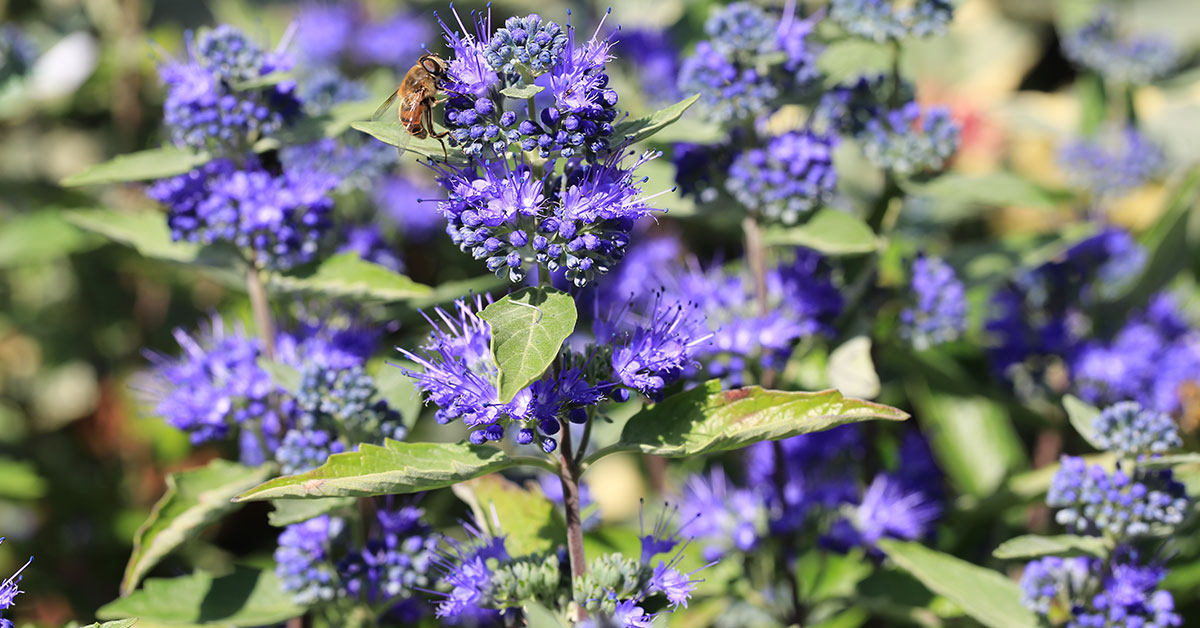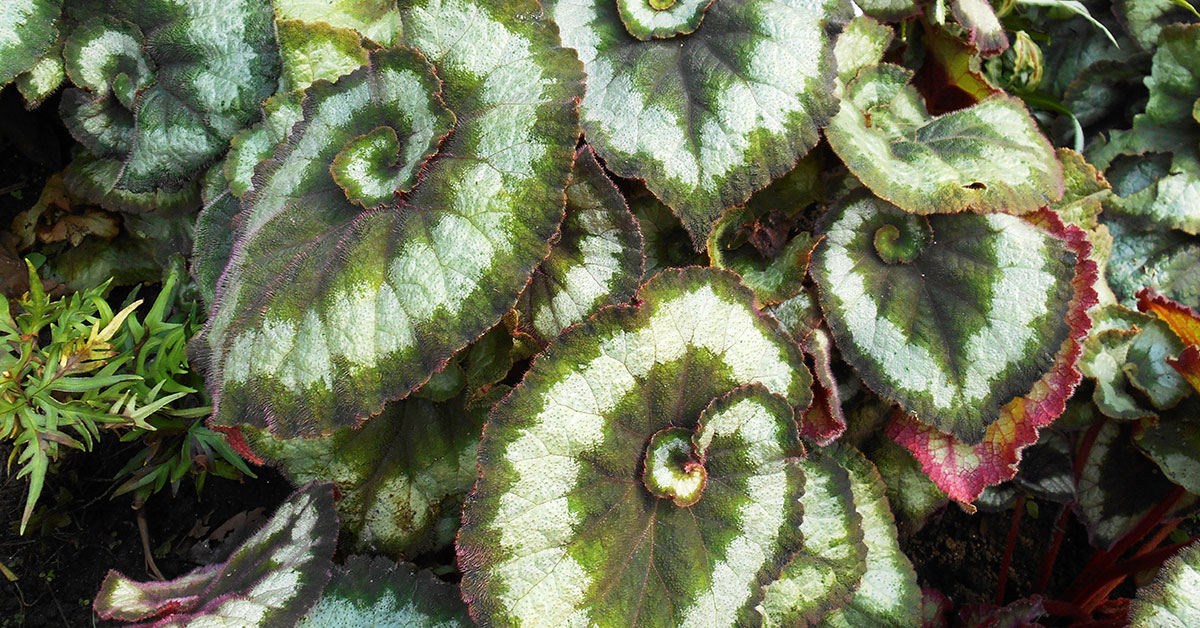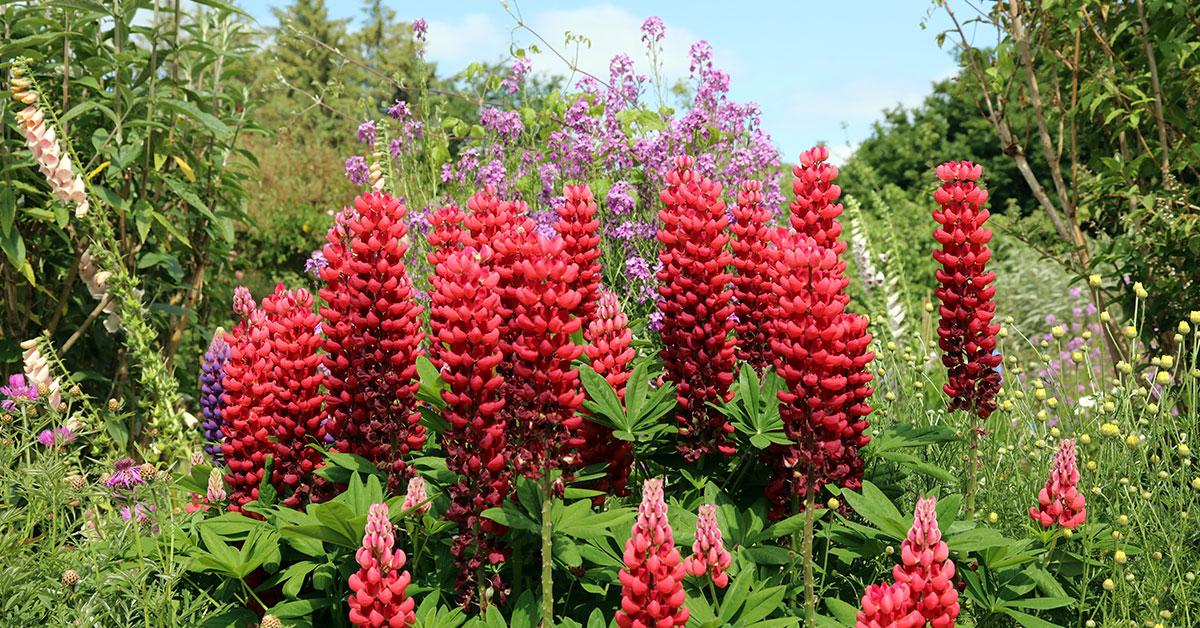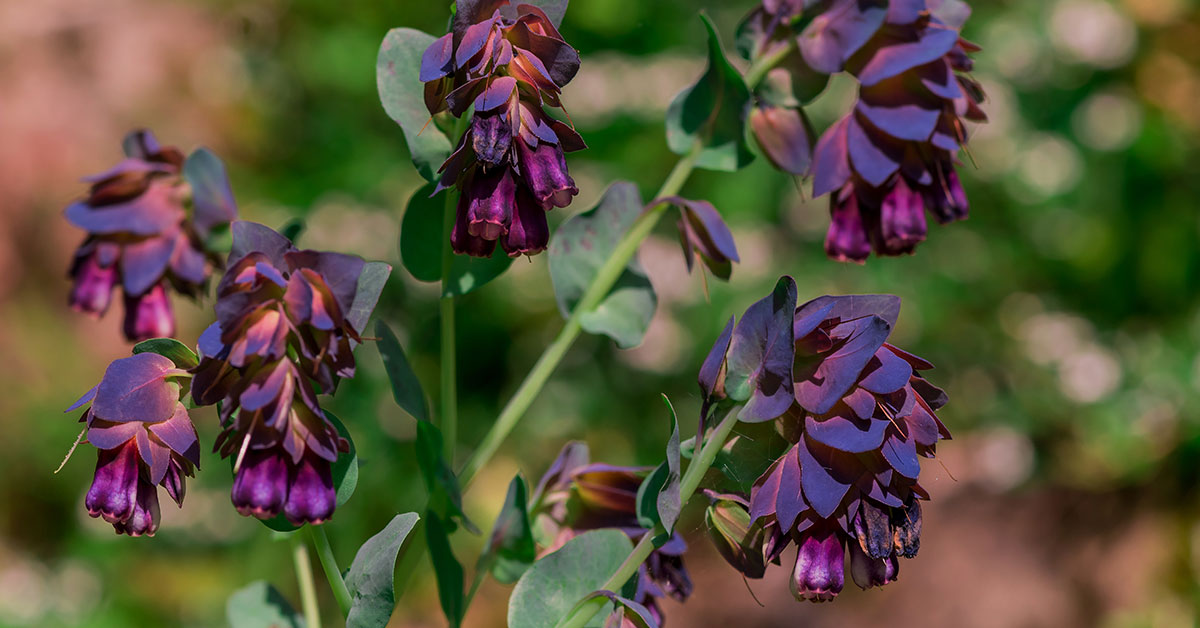The red hot poker plant is a great choice if you want something impressive in your yard or something that will draw in wildlife buddies. Torch lilies are simple to grow and take care of, even for novice gardeners. Red hot pokers are exotic-appearing perennials with recognizable bottlebrush blossoms that come in a variety of flamboyant colors, from red to orange, yellow, and lime green. As they benefit from the same sunny growth conditions as yarrow, rudbeckias, heleniums, and agapanthus, they enjoy a lengthy flowering season and look wonderful when planted in large numbers in hot-colored borders.
Red hot pokers, which are indigenous to South Africa’s eastern provinces, thrive in a protected, sunny location. They produce bunches of slender, strappy leaves outside of the flowering season, which is also beautiful in and of itself.
What is Red Hot Poker?
Herbaceous perennials known as red hot pokers (Kniphofia) are renowned for their towering flower spikes that come in vivid shades of red, orange, yellow, and other colors. They also go by the name “torch lilies,” however despite some similarities, they are not genuine lilies (i.e., they aren’t members of the Liliaceae family).
The Kniphofia genus has more than 60 species, and the majority of the modern cultivars are hybrids. The dwarf cultivars, which have flower stalks that are over two feet tall and clumping foliage that is one to two feet high, are among the most well-liked. Kniphofia uvaria, a common species, grows to a height of 3 to 4 feet in contrast.
Here are some brief facts about the popular aesthetic plant:
- Latin name: Kniphofia
- Other names: Red hot poker, African flame flower, Devil’s poker
- Native to: South Africa
- Invasiveness: Yes
- Tenderness: Herbaceous, perennial
- Sun: Full
- Water: Average
- Soil: Well-drained
- Hardiness zone: 5-9
- When to plant: spring or fall
- Spacing: 18 to 24 inches
- Plant height: 3-4 ft.
- Bloom period: Spring, summer
- Time to maturity: 3 months
- Container friendly: Yes
- Fertilizer: Balanced
- Toxicity: No
- Drought tolerant: Yes
- Deer resistant: Yes
- Pest resistant: Yes
How to grow Red Hot Poker
For the greatest blooms, cultivate your red hot poker shrubs in full sun. In regions with hot summers, they can gain from midday shade and will tolerate light shade.
These plants require well-draining soil. They are mostly hardy perennials, however, one of the very few factors that will destroy them is poor drainage. Winter months present significant challenges since wet soil encourages root damage. 2
Once established, kniphofia requires little water. After planting, water frequently; over succeeding seasons, less frequently.
Red hot pokers are native to South Africa and can withstand cold temperatures as far north as zone 5, particularly with proper drainage and compost, through zone 9. Winterize the plants in colder climates by mulching their crowns.
Usually, plants in nutrient-rich soil don’t require feeding. Feed plants with a slow-release fertilizer to encourage blooms if the soil is poor. If you reside in a region where winters are colder than average, mulch your plants for protection and defer trimming the foliage until spring. The leaves will offer some additional insulation from the cold. Alternatively, it’s okay to pluck a few undesired leaves here and there throughout the growing season if you wish to create a protective layer for the plant’s crown by binding the leaves together.
Trim the leaf base to a few centimeters above the ground in the spring before the growing season to give the shrub a new beginning for the growth to come.
Growing Red Hot Poker in containers
6 to 8 weeks before you want to plant the seeds outdoors, start the seedlings indoors. Use several-inch-deep pots since red hot poker plants develop a long taproot. Keep them in the potting soil of good quality, moisten the soil, and maintain a temperature of between 70 and 75 degrees Fahrenheit. Plants should begin to grow after around 28 days.
You can plant the seeds immediately in the garden in warmer climates.
When to start Red Hot Poker seeds
Red hot pokers spread by rhizomes, eventually creating clumps that can get congested. To reduce crowding, you can split them in the spring, but it’s preferable to eliminate offsets from the outside of clusters rather than splitting them in half. The bloom cycle of the plant may be harmed by division, particularly in mature clumps.
When to plant Red Hot Poker
If you have light, sandy soil, dig a sizable hole and fill it with compost or well-rotted manure before planting. Remove the fleshy roots by prying them apart, then plant the rootball at the same depth as in the pot. Water well while applying gentle pressure to the rootball.
How to collect Red Hot Poker seeds
The red hot poker’s entire blossom is stuffed with seeds. As soon as the flower heads start to fade, cut them off and let them dry completely for at least 24 hours. The seeds should fall into a container when the florets are broken open. For one month, store the seeds in the refrigerator.
Wildlife attracted by Red Hot Poker
Red hot pokers can grow aggressively due to their rhizomatous nature; in certain places, they are even regarded as invasive. The bright flowers and sweet nectar of torch lilies, which can reach a height of 5 feet (1.5 meters), draw hummingbirds, butterflies, and other birds to the garden. At the foot of a tall stem with yellow, red, or orange tubular flowers hanging down like a torch are attractive sword-shaped leaves.
Common problems
Red hot poker plants may experience thrips in some locations, but the genus does not have any other serious pest or disease issues. If your plant is not flowering, think about the location of planting. Keep in mind that plants need full sun to flourish; have other plants gotten big enough to start casting shade now? Additionally, take a look at the plant’s crown. It should not be buried more than 3 inches deep in the ground.
In the fall, trim back all foliage to the plant’s base. Springtime should see its bloom. If not, it is time to divide the clumps of the plant and dig them up so it has more room to grow.
